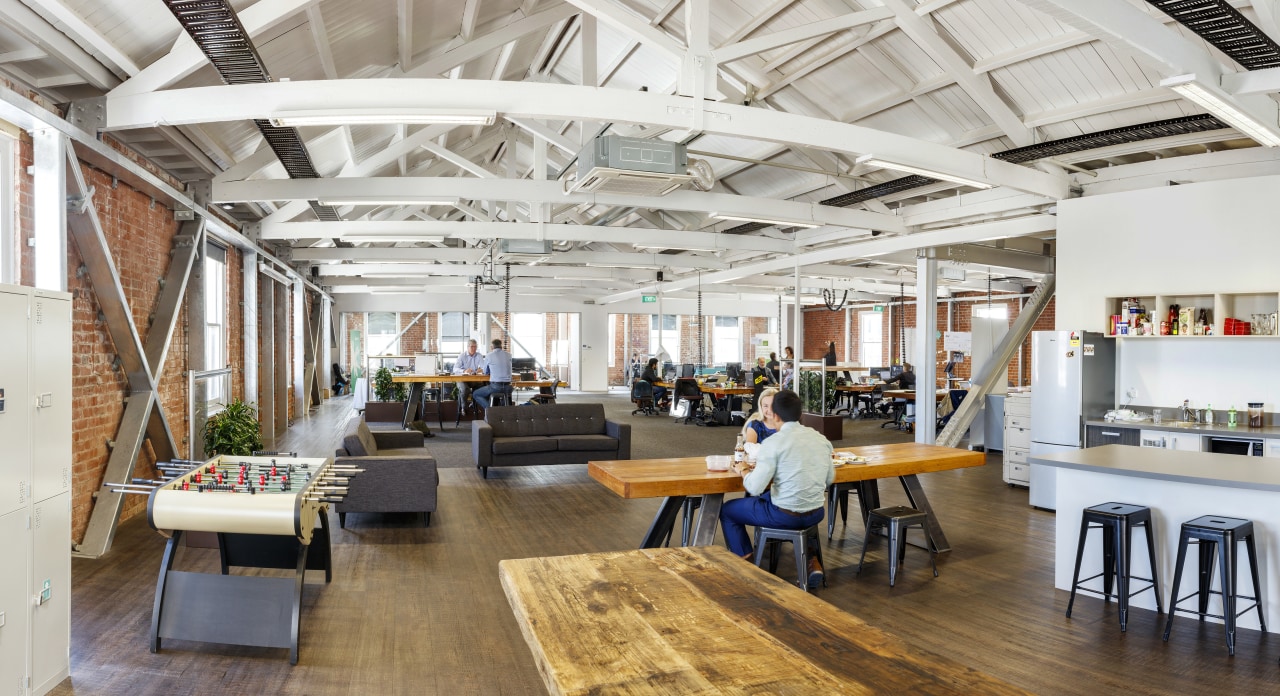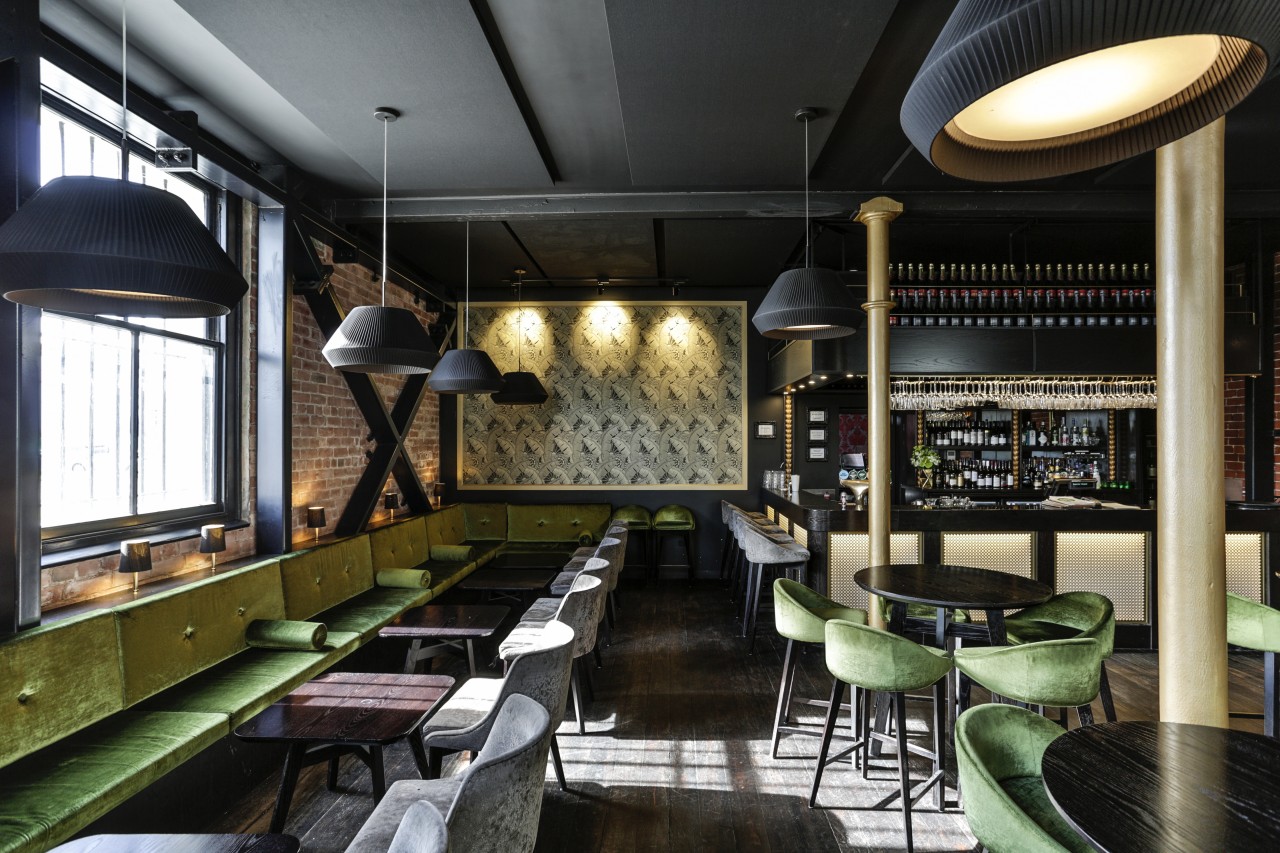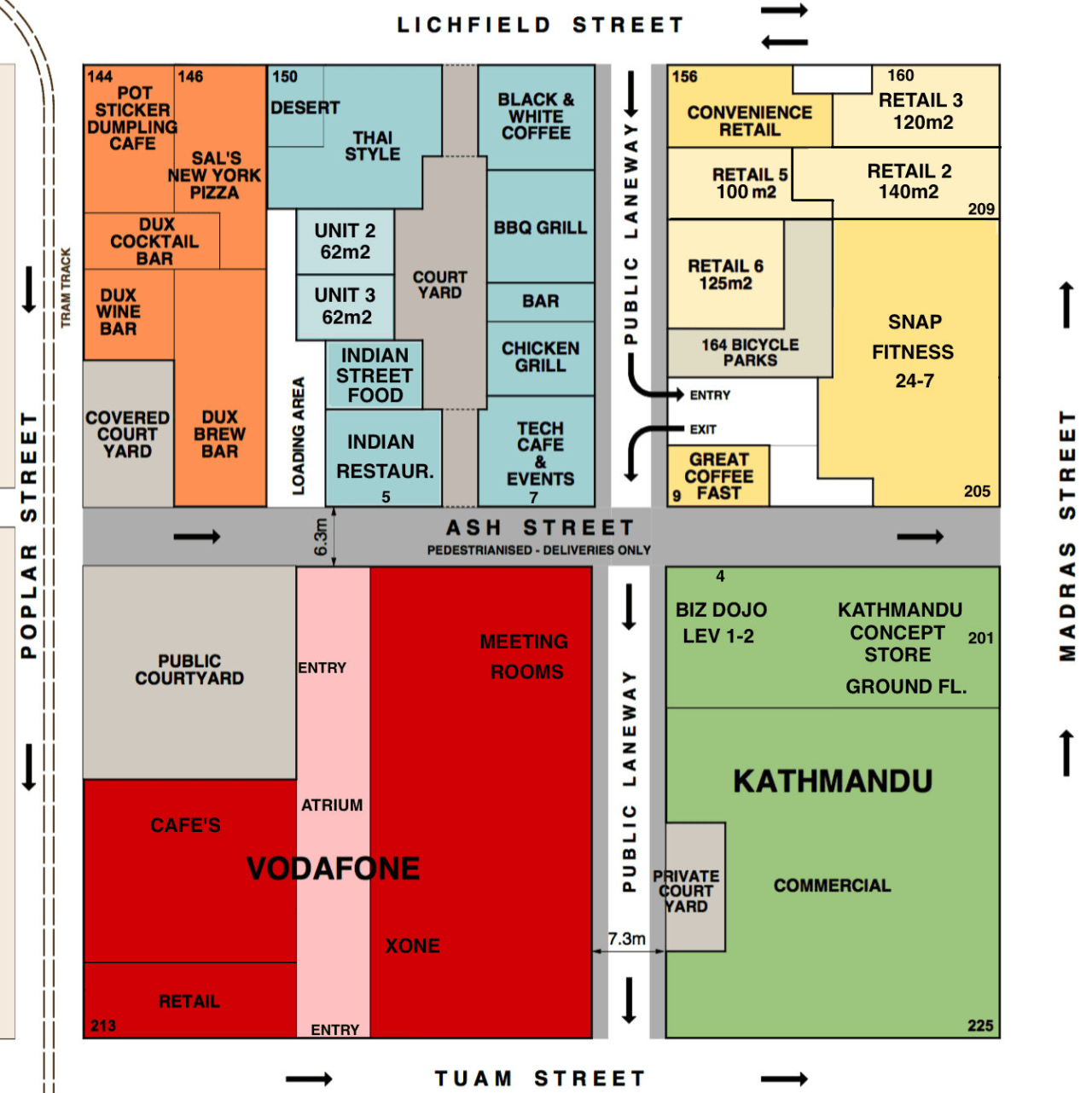Christchurch Innovation Precinct building for success
Major premises for Vodafone and Kathmandu are set amongst hospitality outlets and smaller tenancies designed to encourage and support digital and tech start-ups

The rebuild of post-quake Christchurch is focussed on more than replacing what was lost and strengthening what was not. It's also providing an opportunity to create facilities that attract new businesses and encourage new approaches to work and workplace design.
The Innovation Precinct is one such project. Originally an anchor project in the Christchurch Central Recovery Plan, the precinct is now attracting technology businesses and top-notch retail, cafes and restaurants. Canterbury Development Corporation (CDC) is supporting the evolution of the precinct into a world-class hub of innovation and commercialisation.
Tom Hooper, CEO at CDC, says the precinct is centrally located and provides services and agencies that support innovation in buildings that are designed to encourage interaction and creativity.
"It aims to establish a cluster of innovative firms, creating a critical mass of technology-based businesses and skilled workers who can collaborate and share knowledge," says Hooper.
And that goal has more than just a local focus.
Hooper says another objective is to become internationally recognised as a hub for innovative firms, attracting like-minded companies from within the region, throughout New Zealand and across the globe.
The Innovation Precinct itself makes up three city blocks located within Manchester, St Asaph, Madras and Lichfield Streets. It's an area with a colourful history, having contained the city's red light district before the quakes.
The master plan for its redevelopment was drawn up by Architectus, and a variety of developers, landlords and firms were approached to bring the concept into reality.
Hooper says that of these, Studio D4 was important in instigating the first project for Vodafone to get underway within the precinct.
Studio D4 director Patrick Fontein says the company undertakes property consulting for tenants, which then leads to putting development deals together for large corporates such as Vodafone.

"Vodafone approached Studio D4 to facilitate a project for them, with a strong preference to be in the Innovation Precinct," says Fontein. "When Vodafone signed the lease for its InnoV8 building, it was the key enabling factor to get the Innovation Precinct up and running."
A joint venture between Studio D4, as design and development manager, and Calder Stewart Development, as construction and financial manager, then developed the building.
Designed by Jasmax, the resulting five-level, 10,000m² building is the most technologically advanced building in New Zealand, and includes xone, a Vodafone-backed startup accelerator and lab for globally focussed, local technology entrepreneurs.
The brief required the design team to create a positive, healthy interior that not only brought people together but also nurtured their wellbeing.
Jasmax principal Shirley Chin says that a major requirement for the building was to support different activities and flexibility.
"Spaces were optimised to enable effective and flexible working, while still being versatile and open-plan enough to allow for large gatherings of internal and external communities," she says.
"These multi-purpose areas were then supplemented by quiet spaces and meeting rooms complete with video conferencing capabilities."
Vodafone's way of working supports a completely unassigned desking strategy throughout the building, including in its call centre. Employees work in neighbourhoods containing many different work spaces such as focus/quiet areas, collaboration tables, project areas and a library.
The atrium has been designed to form an internal laneway, referencing the history of the site. The neighbouring plaza, also designed by Jasmax, provides public space for the occupants of the precinct to gather.
The Studio D4 and Calder Stewart partnership in this section of the Innovation Precinct continued with the development of the site adjacent to Vodafone, for Kathmandu.

Designed by Aqua Architecture, the three-storey building is home to Kathmandu's head office and includes a new Kathmandu store at ground level.
As befitting a company whose products are used in the great outdoors, the building has achieved a 5 Green Star Design rating for efficiency and sustainability.
Two other areas across the road from Kathmandu and Vodafone have also been completed. One of these is now the Dux building, which Patrick Fontein says is a heritage building that was stripped right back to its bare bones.
"We've earthquake-strengthened it to 100% of New Building Standard and essentially built an entire new building from the inside out," he says. "It looks like a heritage building, but it has a whole new structural frame inside and a new roof.
"The cost to do that was about the same price as a new building, but we've now got a two-storey heritage building that looks quirky and that every-one loves.
"We feel that the long term demand for heritage buildings will be very strong in Christchurch, because there are so very few of them left."
Completed on the opposite corner is a new carpark building, developed by Studio D4, who also worked with Calder Stewart on the design and build. Engenium was the architect and engineer.
The building has seven levels of carparking, with retail on the ground floor, and uses modern restrained brace technology and rocking concrete shear walls to incorporate earthquake resilience.
But the building also presents an attractive face to the street, with an arrangement of Corten steel planter boxes on its facades, and the concrete panels of the lift shaft having a braided pattern that represents the flow of the Waimakariri river.
The final building in this section of the precinct Lichfield Lanes, also being developed by Studio D4 is currently under construction, with completion due by the end of 2017.
Story by: Paul Taylor
Home kitchen bathroom commercial design
Diving into nature
Classic looks, contemporary efficiency
Personality plus
Commercial Design Trends Vol. 33/1C
Christchurch’s recovery from its two major earthquakes was never going to be a quick fix. But slowly and surely new proj...
Read More












